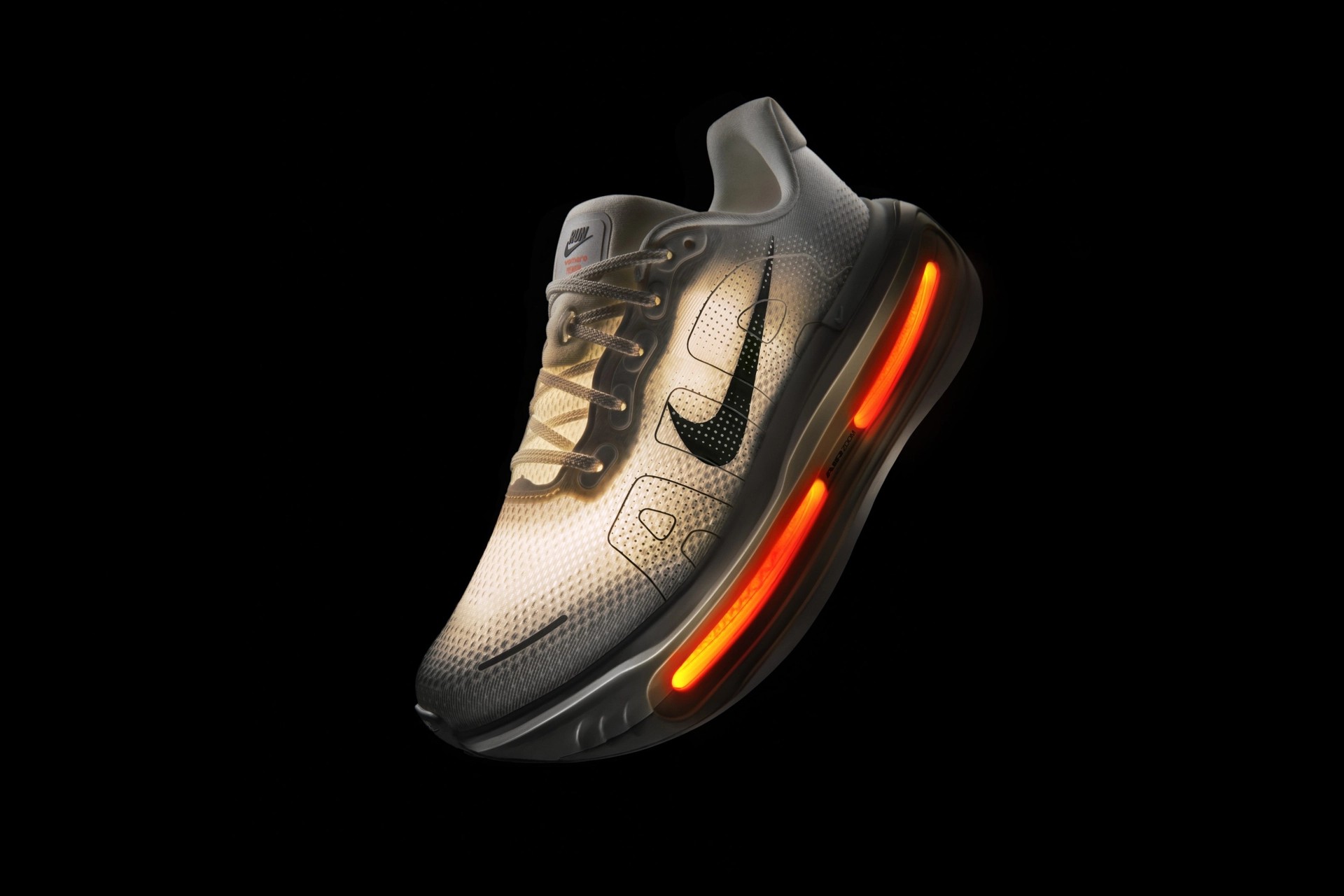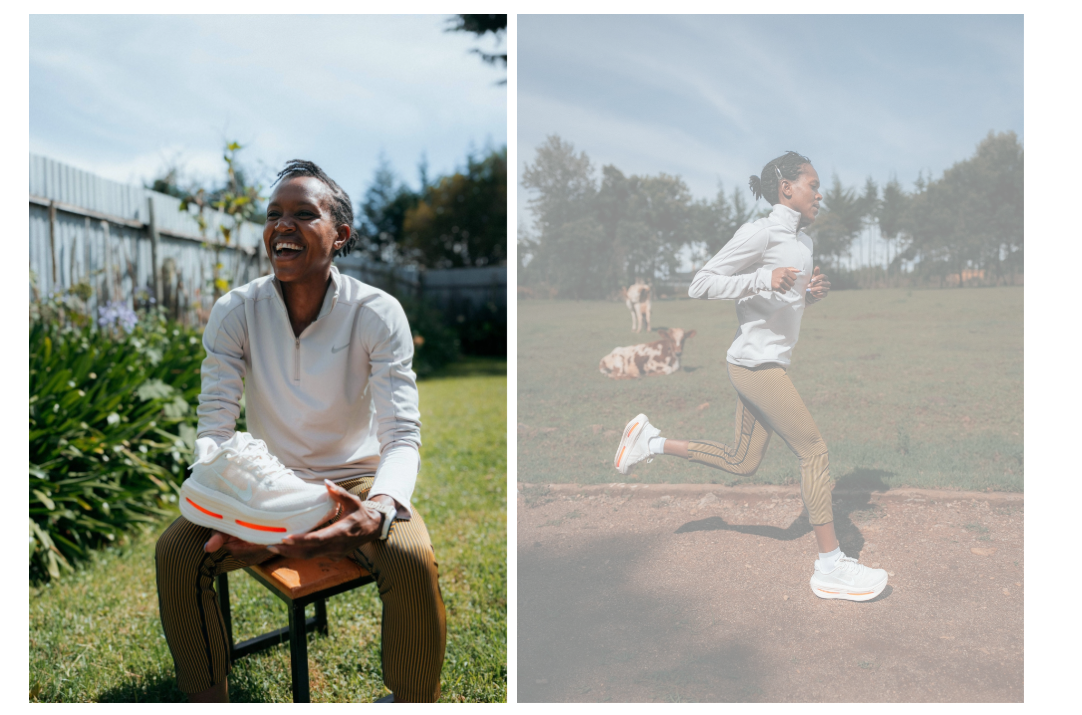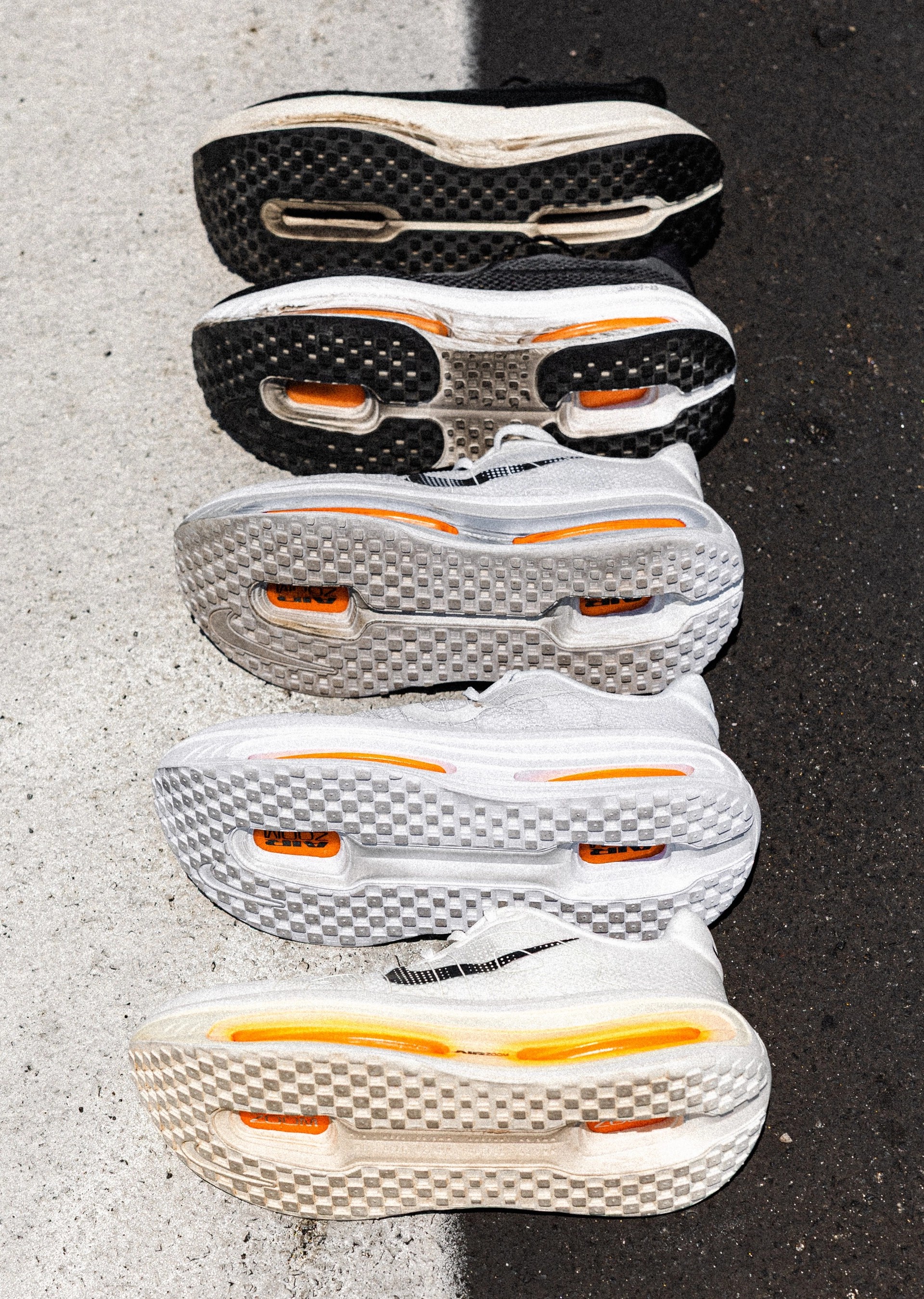Nike reveals how it tests running shoe prototypes with athletes before launch
The world's biggest running brand lifts the lid on its Vomero Premium prototype routine - from taped-up test pairs to retail

Running brands test new shoes out in the wild more than you’d think - most of the time, it’s to get honest feedback from athletes and see what actually helps them run better.
So, if you’ve been around club runs lately, or scrolling training camp photos, those blacked-out trainers no one can name might start to make sense.
With Nike's latest Vomero Premium road-running shoe now hitting shops, the brand has let us in on how exactly that testing process really works, laying out a simple look at its prototype routine from the first sample to the cushioned trainer you can buy today.
Listening to the legs
According to a piece published by Nike on its magazine-style blog, the brand's first step is to strip early prototype shoes of anything that might give them away or colour an opinion. This might mean taped-over Zoom Air units, covered logos and disguised midsoles, all so the athlete focuses on just the feel rather than the overall style.
In the article, American marathoner Conner Mantz recounts his first Vomero Premium prototype landing on his lap in late 2023, with the tape lines still showing across the midsole. He explains that the point was simply to judge how the shoe moved under him across both steady miles and faster efforts, not how wild it looked when standing still.
The Vomero Premium itself sits in the big-cushion camp with a 55 mm heel stack, a full bed of ZoomX foam and two exposed Zoom units in the forefoot and heel borrowed from track spikes, which makes it ineligible for World Athletics racing but very much aimed at high-mileage training and recovery days when your legs need a bit more help.
Once Mantz realised how a long run in the Vomeros felt better than expected, his notes started to flow - covering upper support, foam feel and outsole grip. Every comment he made fed the next build, Nike says.
Get all the latest news, reviews, deals and buying guides on gorgeous tech, home and active products from the T3 experts

Nike provided world champion Faith Kipyegon with a whole range of Nike tools to supplement her training for Breaking4, including the not-yet-released Vomero Premium for her recovery runs
From taped samples to shop-ready shoes
So, those blacked-out pairs you might spot out on long runs? These are merely early test shoes. Nike hides the obvious design bits so athletes focus on how they feel, not how they look. The runners take them out for easy miles and harder efforts, then report what's good and what isn’t.
All that road feel is paired with time in Nike's Sport Research Lab - or NSRL, where coaches and scientists see if the data backs up what the athletes felt. They'll run VO2 and sub-max sessions, swap shoes mid-test and track efficiency changes to build up what they call “signals”. Those measurements then help Nike decide what to dial up and what to rein in before the next round outside.
For example, if the upper rubs, they change it. If the foam feels too soft or too firm, they tune it. If grip is off, they rework the outsole. New samples go back out, more notes come in, and the cycle repeats until the shoe feels right on foot and looks solid on paper.
World champion Faith Kipyegon says how she went through a similar process for her Breaking4 project, with a one-off spike tuned to her needs and the Vomero Premium used on recovery days, which shows how the same loop applies whether you are chasing records or just stacking base miles.
The cycle repeats until it lands, with Nike signing off the final design before it becomes the retail model, In Mantz’s case that meant five versions before he felt the shoe was doing its job quietly in the background, he says.

The outsole progression of the early Vomero Premium prototypes. Among other updates, later versions of the shoe featured a deeper tread pattern and a wider base for stability, Nike says
Not just for athletes
It was only last month that Nike rolled its NRSL research facility across the world to non-athletes, with London being among the first city to get it - going live at Nike's UK flagship store in Oxford Circus.
Despite the formal-sounding name, the mobile lab is basically a head-to-toe check-in on how you move, consisting of a few minutes run on a treadmill powered by the Lab’s biomechanics know-how and marker-less motion capture.
Surprisingly, lab sessions are completely free, although you'll have to book an appointment before showing up via your Nike Membership (by signing in and checking available dates/times on the store page).
Just be sure to arrive already warmed up, in non-reflective running kit and your usual shoes, and they’ll do the rest. If I were you, I'd get booking ASAP as I'm sure slots will go fast!

Lee Bell is a freelance journalist and copywriter specialising in all things technology, be it smart home innovation, fit-tech and grooming gadgets. From national newspapers to specialist-interest titles, Lee has written for some of the world’s most respected publications during his 15 years as a tech writer. Nowadays, he lives in Manchester, where - if he's not bashing at a keyboard - you'll probably find him doing yoga, building something out of wood or digging in the garden.
You must confirm your public display name before commenting
Please logout and then login again, you will then be prompted to enter your display name.
